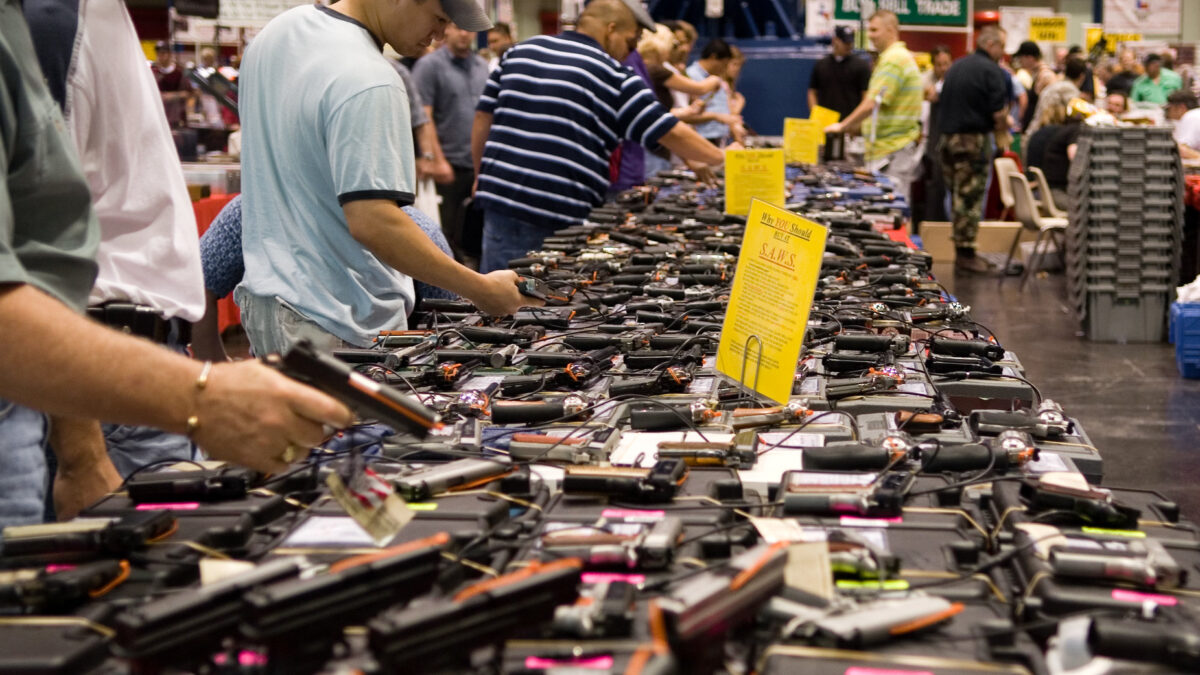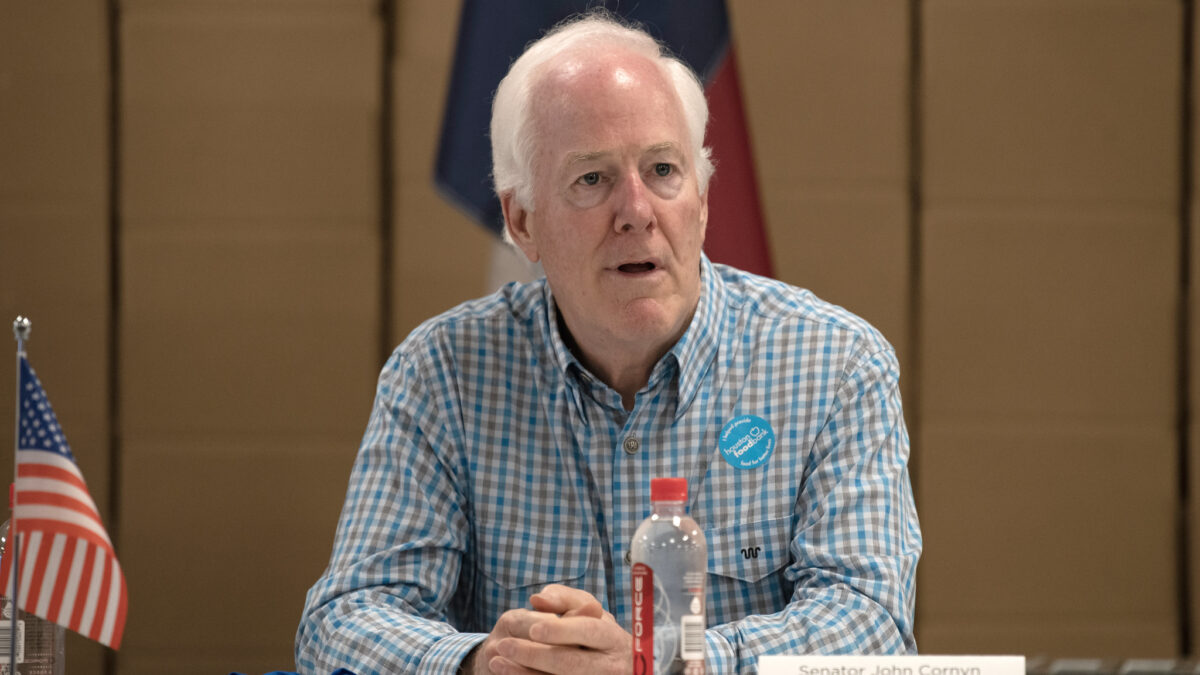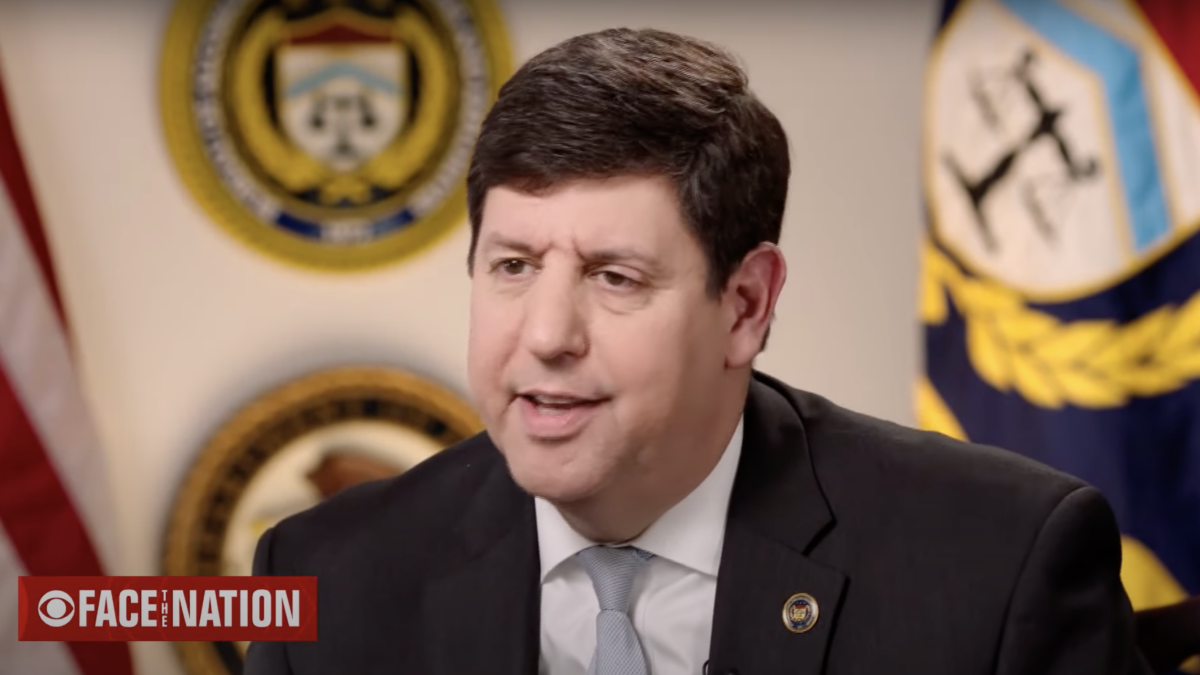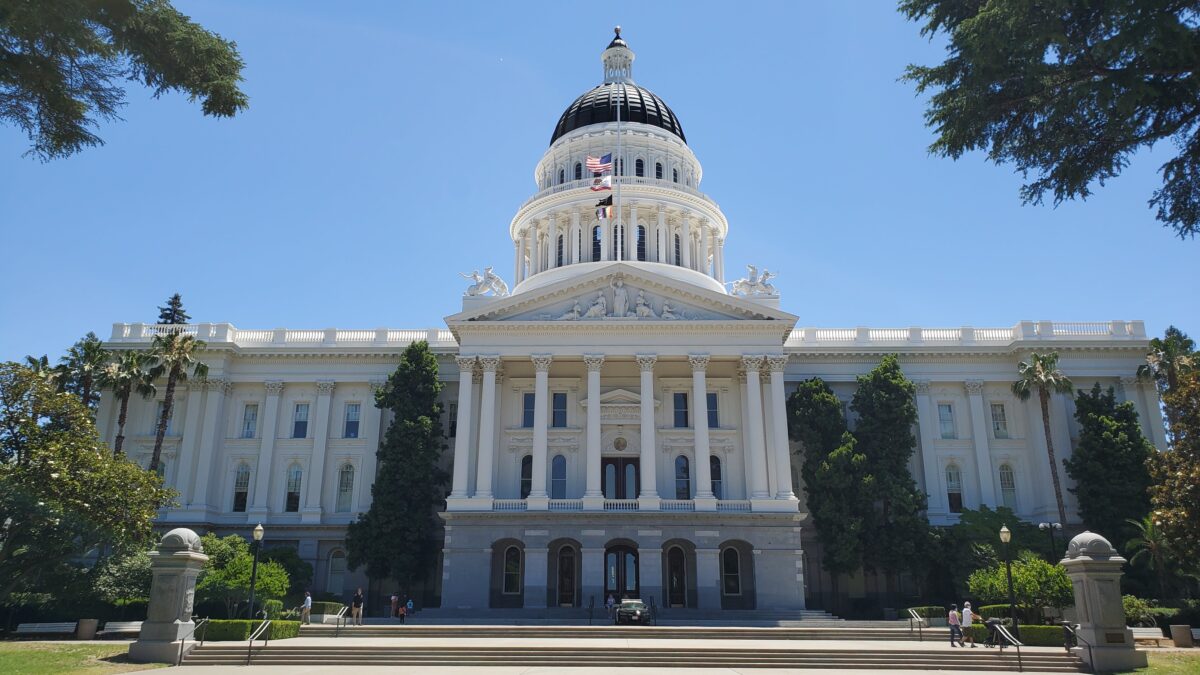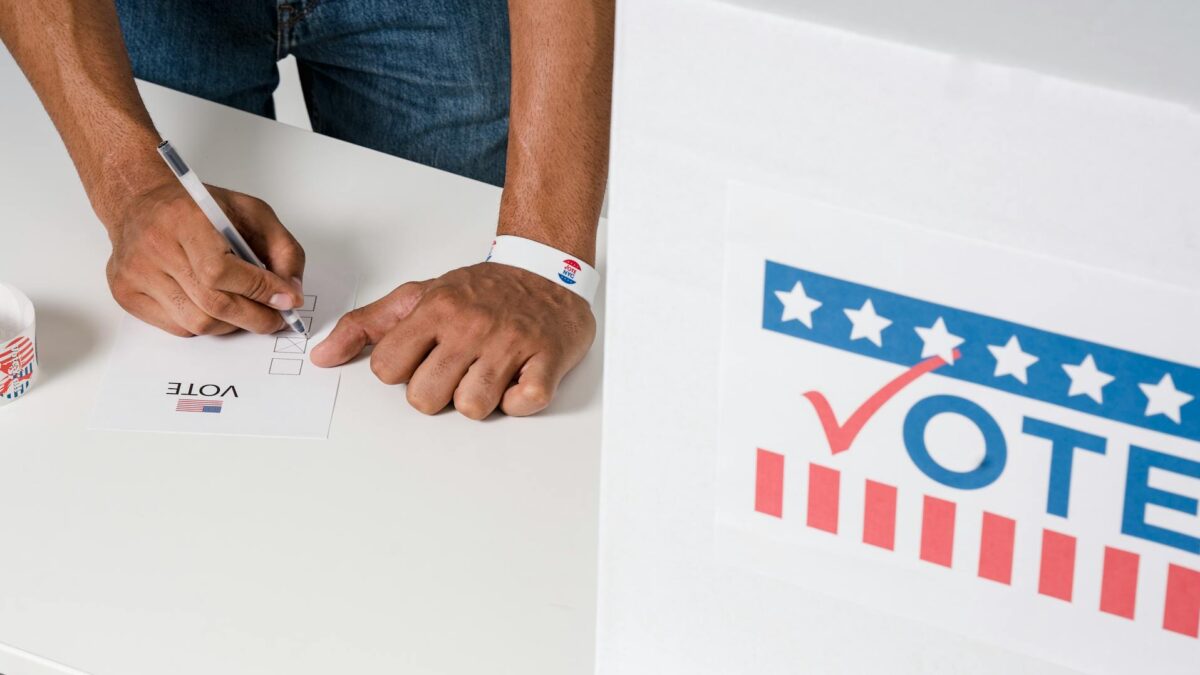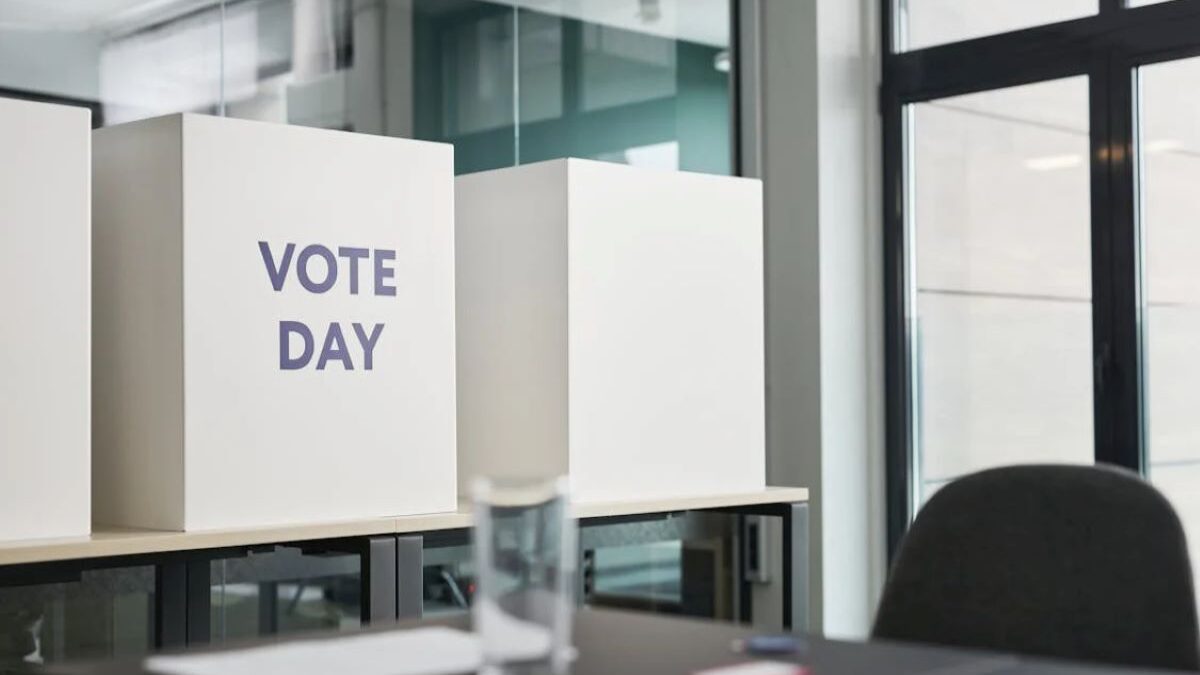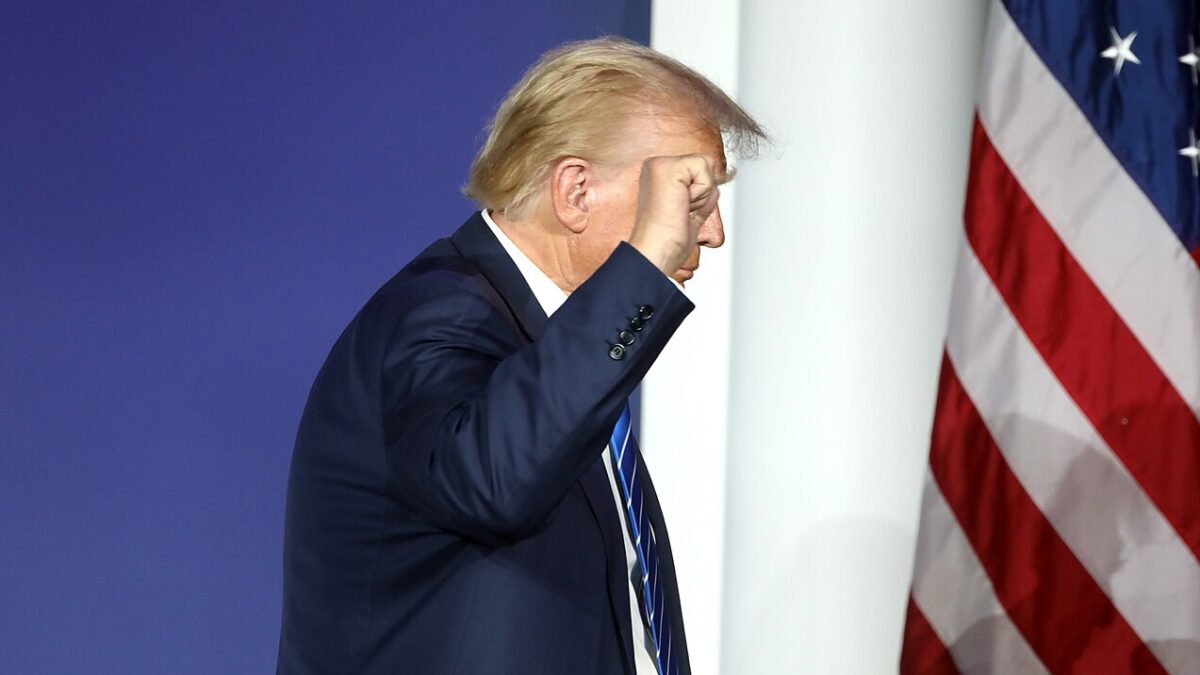
Last Friday evening, Texas Lt. Gov. Dan Patrick spoke on radio about the horrific school shooting that day in Santa Fe, Texas. He affirmed his commitment to Texas’ open carry laws, explaining the decision to let teachers arm is left to individual school boards and superintendents.
Students told lawmakers they wished some of the faculty had been armed. Admirable as were the officers on site, the massacre could have been limited sooner had the teacher in the next classroom—an ex-Marine—been permitted a gun. As Patrick observed, guns have not changed. The sea change was in our culture, and its effect on our young.
Monday’s New York Daily News reported, “Texas lieutenant governor blames everything but guns after Santa Fe school shooting.” After every mass shooting, gun control advocates demand tighter regulation of firearms. School shootings in particular prompt the question: Should teachers pack heat?
What Art Teachers Think about Arming Teachers
The College Art Association (CAA) wanted to know. In the wake of the Parkland, Florida, shooting, it polled members to find out so it could better “advocate on behalf of educators nationwide.” Given academia’s dramatically higher percentage of liberals—anti-gun by definition—than other professions, its straw poll was pro forma. The CAA’s emailed query, posted beneath a photo of a makeshift memorial outside Marjory Stoneman Douglas High School, cued the response it was looking for.
President Trump and the National Rifle Association have suggested a proposal to arm teachers in order to protect their students against another tragedy. . . . There has been significant pushback against the idea. Law enforcement groups and teacher organizations have expressed opposition and it has been singled out as a politically motivated distraction on the part of the NRA.

Whether a classroom teacher can carry a gun warrants serious debate. Arguments must be judged on the merits, not media-generated hysteria. The CAA might have prefaced its survey with a dispassionate summary of the pros and cons. It might have clarified widely misunderstood terms (e.g. assault rifle or semi-automatic) to ensure informed responses.
Instead, it misled by omission. Offered as significant pushback is one brief HuffPost gathering of predictable opinions, all conjectural. The other is a single vitriolic diatribe in the Washington Post by columnist Eugene Robinson. Damning the proposal as “a deliberately outrageous idea” and “a ploy by the gun lobby,” he confuses name-calling (“shrill,” “desperate,” “unhinged”) with argument.
We Already Know These Ideas Don’t Work
Stay with the CAA’s first link for a moment. It takes readers to “Cops and Educators Agree: Arming Teachers is a Terrible Idea.” The objecting cops are not plural but singular: Mo Canady, executive director of the National Association for School Resource Officers (NASRC). Defending his turf, he insists schools employ SROs. What he omits is crucial.
SROs are officers-up-to-a-point, armed in jurisdictions that permit guns on campus, unarmed in others. Quasi social workers, they aim to keep off the books as many as possible names of disruptive students, especially black and Latino ones.
NASRC works to block the so-called school to prison pipeline: “SROs help troubled students avoid involvement with the juvenile justice system.” They observe the “restorative justice” mandates in President Obama’s 2014 “Dear Colleague” letter, which pressured school districts to reduce suspensions and expulsions of minorities in particular.
The Parkand, Florida school shooter would have had a juvenile record (and hence been ineligible to purchase guns) but for NASRC’s commitment to “equity in justice.” And the armed officer employed at Parkland took cover, avoiding the action he was trained to use. Neither the CAA nor its membership indicated awareness of the facts of the very shooting that sparked the poll.
These Art Teachers Went Crazy At the Idea
CAA News published roughly 150 responses. The overwhelming majority were from women (114 women to 18 men, the rest indeterminate). All but one stridently opposed the idea. Most misinterpreted Trump’s limited proposal, seeing it as a federal mandate to turn faculty into self-appointed avengers.
One woman summed up the dominant mindset: “The idea that law-abiding citizens should take on the role of vigilantes . . . is fundamentally at odds with the kind of society I want to live in.” A professor of art history wrote: “I would look for another job if I were required to carry a weapon to do this one.”
Respondents followed the prompts from the poll’s introductory paragraph. Typical responses were brief assertions of anti-gun zeal, more attitude than argument: “I am so tired of a small faction of gun fanatics and the greedy gun industry . . . . ENOUGH IS ENOUGH!!!WE MUST STOP GUN VIOLENCE!!!”
Disdain for President Trump merged with hostility to the NRA’s perceived stranglehold on America and its “culture of armed violence”: “Everything Trump does is ridiculous and dangerous.” “Another harebrained Trump idea.” “A Disgrace, like everything proposed by this administration and its enabling voters and congressional member, which are gutting our formerly effective government and its institutions.”
“This is a scheme by the NRA (with Trump being complicit) to push responsibility for these kinds of tragedies on to the backs of teachers.” “NO—this is a terrible plan by the NRA and the gun makers to make their coffers yet more profitable.” “This is an NRA driven idea . . . . It only serves to increase sales for gun manufacturers.” “None of this [mass shootings] will change until we remove money from elections. It’s time to stand for public-funded elections.”
Missing was any recognition of guns as a means of protection, a defensive tool that hopefully would never have to be used. Instead, there was an implicit sense that guns are not neutral objects. They have only “one purpose and that is to kill.” They are an intrinsic evil, to be hated and done away with.
One comment sums up the prevailing mood: “Guns are either irrelevant as tools for freedom, or obsolete as tools for safety.” Another adds: “When I received my terminal degree in design, I never thought terminal would refer to taking someone’s life.”
Guns Used to Be All Over Schools With No Extra Danger
Apparently gone from memory is the uneventful existence of shooting clubs in public high schools through the 1960s, later in some regions. In New York City students competed for college scholarships in citywide marksmanship contests. They brought their guns to school, leaving them with teachers until time for target practice. While growing up in the Bronx, I rode the Lexington Avenue subway with boys carrying rifle cases. It was a common sight. There was no carnage, no dread of an NRA “campaign to turn the entire country into an armed camp.”
Respondents called for abolishing “military style weapons,” semi-automatic weapons, and assault rifles but gave no indication that they understood the terms. The vast majority of modern guns sold in the United States are semi–automatic, meaning they fire a single shot with every pull of the trigger, but automatically reload between shots. A ban on semi-automatics comes close to total abolition. Also, an AR-15 is not an assault rifle. The AR is short for ArmaLite rifle, after the manufacturer.
Some worried that teachers might fly off the handle, or were simply incompetent. Fear of accidents and faculty inadequacy or caprice threaded through replies: “Arming teachers will only raise the level of danger in classrooms, as teachers are not mentally/psychologically infallible . . .” “Teachers are not equipped to handle the emotional strain of shooting another human being.”
“I asked students in my class what they thought about their principal having a gun. They were shocked by the idea, saying he already has anger management issues.” “Students may not feel safe in a classroom where an individual in an authoritative position could ‘retaliate’ at them and use lethal force.” “If people understood the politics of academia you don’t want us armed. I’ve sat in too many meetings where tempers flared.”
“Risk Management won’t let faculty climb ladders in my campus, but we are supposed to carry guns?” “Every student has seen their [sic] professor struggle to get the projector in the classroom to work – do you want that person to have a gun?”
In sum, clear-headed grasp of the variables of a complex issue was universally absent. Making sense of things was not a priority. Fear and revulsion are self-justifying, more like doctrinal positions than the results of critical assessment: “Guns exacerbate racism also.” “Teachers of color would become instant targets.” “We need to find a way to redefine what it means to ‘act like a man.’”
“Imagine qualified individuals being turned down for a teaching position on account of poor marksmanship.” “Arming teachers is the stupidest idea I’ve ever heard. This is one of the reasons I now teach ONLINE ONLY!!!” “Teachers need to be contemplative, to see all sides of the issue. These qualities do not serve police well.”
The CAA ruled facts out of court. It stacked the deck against the president’s tentative proposal by posting references guaranteed to stir hostility in the faculty lounge. Any discussion of gun possession by trained, willing teachers needs to take into account the exhaustive work of John Lott. His “More Guns, Less Crime” has brought thoughtful, scholarly analysis to a hot-button issue. But the CAA had its mind made up before polling members.
Prior to the 1995 Safe School Zone Act, states with right-to-carry laws let teachers carry concealed handguns at school. Lott was unable to find a single instance when faculty improperly used a permitted handgun at school. Neither could the National Education Association nor the American Federation of Teachers point to any real-life episodes of the what-if kind current CAA members fear.


